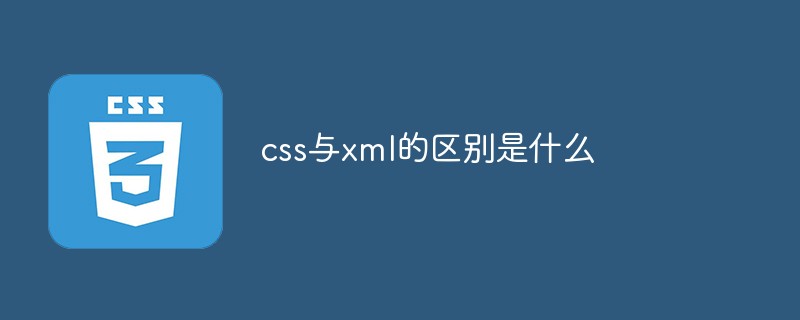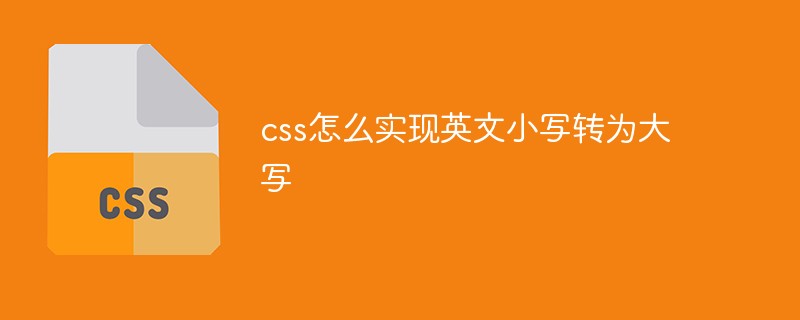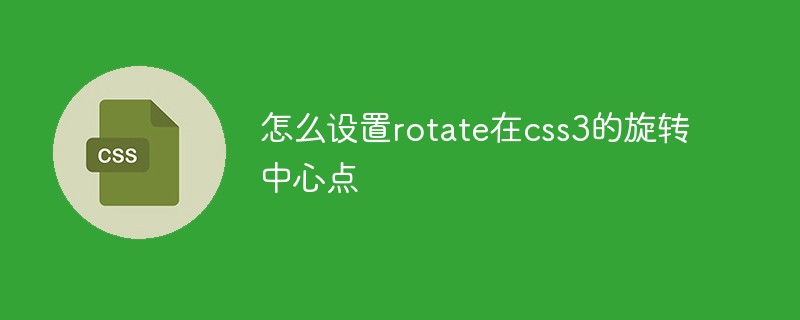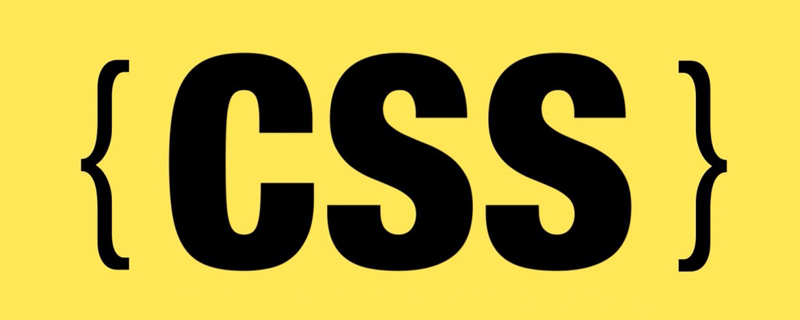This article shares with you how to use css to implement a progress tracking bar? (Code sample), friends in need can refer to it.
This is a small tutorial on how to create a very simple UI widget to tell the user which step of the process they are at.

We will start with a small snippet of HTML:
<ol class="track-progress">
<li>
Site Information
</li>
<li>
Data Source
</li>
<li>
Final Details
</li>
</ol>Now, we will reset the ordered list style and make the list elements appear on a single line. We use the following CSS code:
.track-progress {
margin: 0;
padding: 0;
overflow: hidden;
}
.track-progress li {
list-style-type: none;
display: inline-block;
position: relative;
margin: 0;
padding: 0;
text-align: center;
line-height: 30px;
height: 30px;
background-color: #f0f0f0;
}You will get the following effect:

Make this tracker take up all available width. For flexibility, we'll add an HTML attribute to the tracker
- tag to declare the number of steps in the process. This way we can add some default width by changing the property value.
- tags. We can do this with HTML comments:
<ol class="track-progress" data-steps="3"> <li> Site Information </li><!-- --><li> Data Source </li><!-- --><li> Final Details </li> </ol>The effect is as follows:

I want to add some kind of arrow to indicate the steps in the sequence The actual direction, so I needed additional markup to isolate the step content from other decoration materials:
<ol class="track-progress" data-steps="3"> <li class="done"> <span>Site Information</span> </li><!-- --><li class="done"> <span>Data Source</span> </li><!-- --><li> <span>Final Details</span> </li> </ol>I added a completed class to represent the different styles of progress. Here is the CSS:
.track-progress li > span { display: block; color: #999; font-weight: bold; text-transform: uppercase; } .track-progress li.done > span { color: #666; background-color: #ccc; }The result is:

To add the arrow we will use the :before and :after pseudo-elements as well as giving the border a huge Tips for sizing to create corners:
.track-progress li > span:after,.track-progress li > span:before { content: ""; display: block; width: 0px; height: 0px; position: absolute; top: 0; left: 0; border: solid transparent; border-left-color: #f0f0f0; border-width: 15px; } .track-progress li > span:after { top: -5px; z-index: 1; border-left-color: white; border-width: 20px; } .track-progress li > span:before { z-index: 2; }The effect is as follows:

Now we correctly apply the style so that the arrow color matches the state from the previous step, and remove Arrows in the first element:
.track-progress li.done + li > span:before { border-left-color: #ccc; } .track-progress li:first-child > span:after,.track-progress li:first-child > span:before { display: none; }will look like this:

Now we are going to add an arrow appearance at the beginning and end of the tracker so that we can add More tags:
<ol class="track-progress" data-steps="3"> <li class="done"> <span>Site Information</span> <i></i> </li><!-- --><li class="done"> <span>Data Source</span> </li><!-- --><li> <span>Final Details</span> <i></i> </li> </ol>.track-progress li:first-child i,.track-progress li:last-child i { display: block; height: 0; width: 0; position: absolute; top: 0; left: 0; border: solid transparent; border-left-color: white; border-width: 15px;}.track-progress li:last-child i { left: auto; right: -15px; border-left-color: transparent; border-top-color: white; border-bottom-color: white;}The final effect is as follows:

HTML:
<ol class="track-progress" data-steps="3">
<li>
Site Information
</li>
<li>
Data Source
</li>
<li>
Final Details
</li>
</ol>CSS:
.track-progress[data-steps="3"] li { width: 33%; }
.track-progress[data-steps="4"] li { width: 25%; }
.track-progress[data-steps="5"] li { width: 20%; } becomes the following effect:

To remove this annoying white space, we must delete the white space between the
The above is the detailed content of How to implement progress tracking bar using css? (code example). For more information, please follow other related articles on the PHP Chinese website!
 css ul标签怎么去掉圆点Apr 25, 2022 pm 05:55 PM
css ul标签怎么去掉圆点Apr 25, 2022 pm 05:55 PM在css中,可用list-style-type属性来去掉ul的圆点标记,语法为“ul{list-style-type:none}”;list-style-type属性可设置列表项标记的类型,当值为“none”可不定义标记,也可去除已有标记。
 css与xml的区别是什么Apr 24, 2022 am 11:21 AM
css与xml的区别是什么Apr 24, 2022 am 11:21 AM区别是:css是层叠样式表单,是将样式信息与网页内容分离的一种标记语言,主要用来设计网页的样式,还可以对网页各元素进行格式化;xml是可扩展标记语言,是一种数据存储语言,用于使用简单的标记描述数据,将文档分成许多部件并对这些部件加以标识。
 css3怎么实现鼠标隐藏效果Apr 27, 2022 pm 05:20 PM
css3怎么实现鼠标隐藏效果Apr 27, 2022 pm 05:20 PM在css中,可以利用cursor属性实现鼠标隐藏效果,该属性用于定义鼠标指针放在一个元素边界范围内时所用的光标形状,当属性值设置为none时,就可以实现鼠标隐藏效果,语法为“元素{cursor:none}”。
 css怎么实现英文小写转为大写Apr 25, 2022 pm 06:35 PM
css怎么实现英文小写转为大写Apr 25, 2022 pm 06:35 PM转换方法:1、给英文元素添加“text-transform: uppercase;”样式,可将所有的英文字母都变成大写;2、给英文元素添加“text-transform:capitalize;”样式,可将英文文本中每个单词的首字母变为大写。
 rtl在css是什么意思Apr 24, 2022 am 11:07 AM
rtl在css是什么意思Apr 24, 2022 am 11:07 AM在css中,rtl是“right-to-left”的缩写,是从右往左的意思,指的是内联内容从右往左依次排布,是direction属性的一个属性值;该属性规定了文本的方向和书写方向,语法为“元素{direction:rtl}”。
 css怎么设置i不是斜体Apr 20, 2022 am 10:36 AM
css怎么设置i不是斜体Apr 20, 2022 am 10:36 AM在css中,可以利用“font-style”属性设置i元素不是斜体样式,该属性用于指定文本的字体样式,当属性值设置为“normal”时,会显示元素的标准字体样式,语法为“i元素{font-style:normal}”。
 怎么设置rotate在css3的旋转中心点Apr 24, 2022 am 10:50 AM
怎么设置rotate在css3的旋转中心点Apr 24, 2022 am 10:50 AM在css3中,可以用“transform-origin”属性设置rotate的旋转中心点,该属性可更改转换元素的位置,第一个参数设置x轴的旋转位置,第二个参数设置y轴旋转位置,语法为“transform-origin:x轴位置 y轴位置”。


Hot AI Tools

Undresser.AI Undress
AI-powered app for creating realistic nude photos

AI Clothes Remover
Online AI tool for removing clothes from photos.

Undress AI Tool
Undress images for free

Clothoff.io
AI clothes remover

AI Hentai Generator
Generate AI Hentai for free.

Hot Article

Hot Tools

mPDF
mPDF is a PHP library that can generate PDF files from UTF-8 encoded HTML. The original author, Ian Back, wrote mPDF to output PDF files "on the fly" from his website and handle different languages. It is slower than original scripts like HTML2FPDF and produces larger files when using Unicode fonts, but supports CSS styles etc. and has a lot of enhancements. Supports almost all languages, including RTL (Arabic and Hebrew) and CJK (Chinese, Japanese and Korean). Supports nested block-level elements (such as P, DIV),

Safe Exam Browser
Safe Exam Browser is a secure browser environment for taking online exams securely. This software turns any computer into a secure workstation. It controls access to any utility and prevents students from using unauthorized resources.

MinGW - Minimalist GNU for Windows
This project is in the process of being migrated to osdn.net/projects/mingw, you can continue to follow us there. MinGW: A native Windows port of the GNU Compiler Collection (GCC), freely distributable import libraries and header files for building native Windows applications; includes extensions to the MSVC runtime to support C99 functionality. All MinGW software can run on 64-bit Windows platforms.

Notepad++7.3.1
Easy-to-use and free code editor

SublimeText3 Linux new version
SublimeText3 Linux latest version












